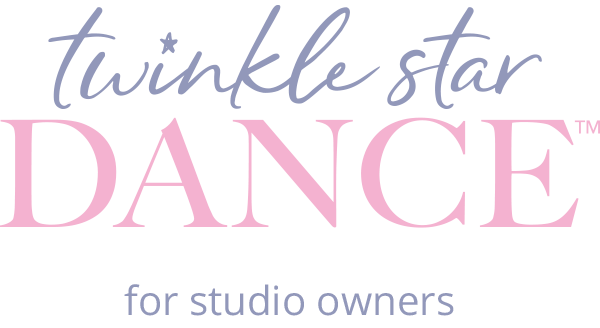As parents, we all want the best for our children. We enroll them in activities that will foster their growth, confidence, and happiness. Dance is one such activity that offers a multitude of benefits, not just physically but also mentally and emotionally. By applying the principles of positive psychology, parents can gain deeper insight into how dance enriches their child's life in meaningful ways.
Building a Strength-Based Mindset
Positive psychology emphasizes focusing on strengths rather than weaknesses. Dance encourages children to recognize and build on their abilities, whether it's mastering a new routine, improving flexibility, or expressing themselves through movement. Parents can support this mindset by celebrating progress and effort rather than just perfection, reinforcing resilience and self-confidence.
Enhancing Emotional Well-Being
Dance provides a powerful emotional outlet, allowing children to process feelings and reduce stress. Research in positive psychology suggests that activities promoting joy and self-expression lead to greater overall well-being. The uplifting music, creative movement, and supportive environment in dance class contribute to increased happiness and emotional regulation, helping children navigate life's challenges with confidence.
Fostering Social Connections
Human connection is at the heart of well-being, and dance class is a wonderful way for children to build friendships. Through teamwork, partner work, and group performances, dancers develop strong bonds with peers, learn collaboration skills, and gain a sense of belonging. Positive psychology highlights the importance of social support in building resilience and happiness, making dance a valuable space for nurturing these essential relationships.
Developing a Growth Mindset
A core principle of positive psychology is the idea of a growth mindset—the belief that abilities and intelligence can be developed through dedication and effort. Dance naturally cultivates this perspective, as students experience firsthand how practice leads to improvement. Parents can reinforce this lesson by encouraging perseverance, praising effort, and reminding their children that challenges are opportunities for growth.
Encouraging Mindfulness and Presence
In a world filled with distractions, dance provides a rare opportunity for children to be fully present. The focus required for learning choreography, feeling the rhythm of the music, and expressing emotion through movement fosters mindfulness. Positive psychology supports mindfulness as a key to reducing stress and enhancing overall well-being, making dance an effective tool for developing this valuable skill.
Reflecting on the Impact
As parents, taking a moment to reflect on how dance benefits our children can deepen our appreciation for the activity. Observing their joy, confidence, and resilience in class or on stage reinforces the positive impact dance has on their lives. By viewing dance through the lens of positive psychology, parents can shift their focus from external achievements to the internal growth and well-being their child experiences through movement.
Dance is more than an extracurricular activity—it is a powerful tool for fostering personal growth, emotional resilience, and social connections. By incorporating principles of positive psychology, parents can better understand and appreciate the long-term benefits of dance for their children. Encouraging and celebrating their journey in dance not only strengthens their skills but also nurtures their happiness and well-being, making every step in the studio a step toward a brighter, more positive future.

